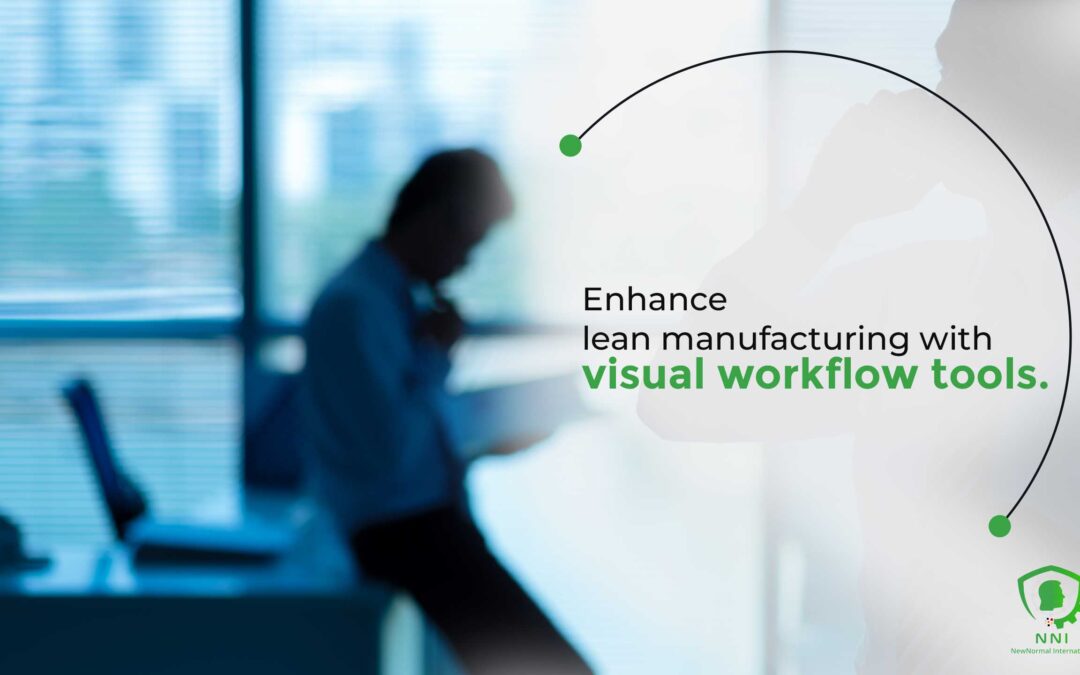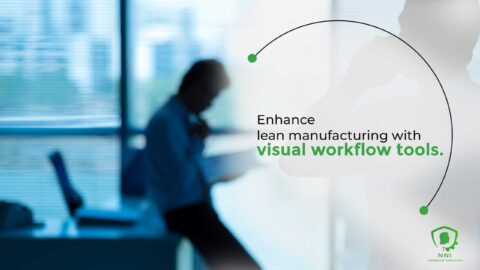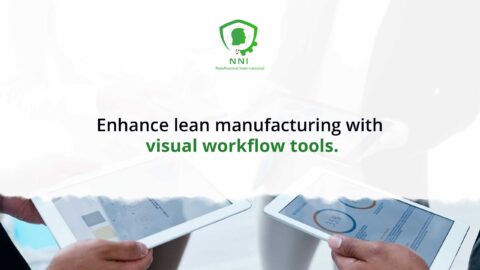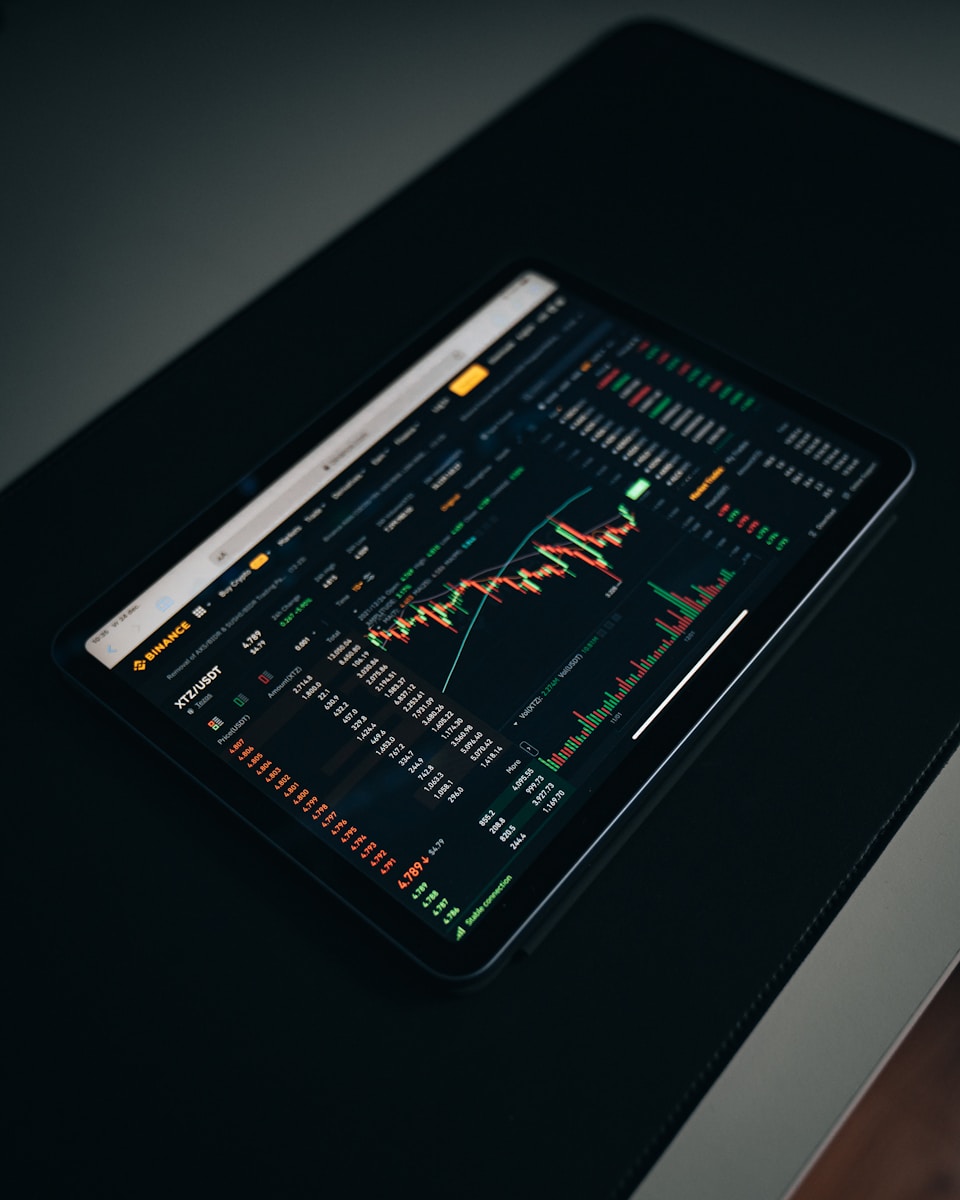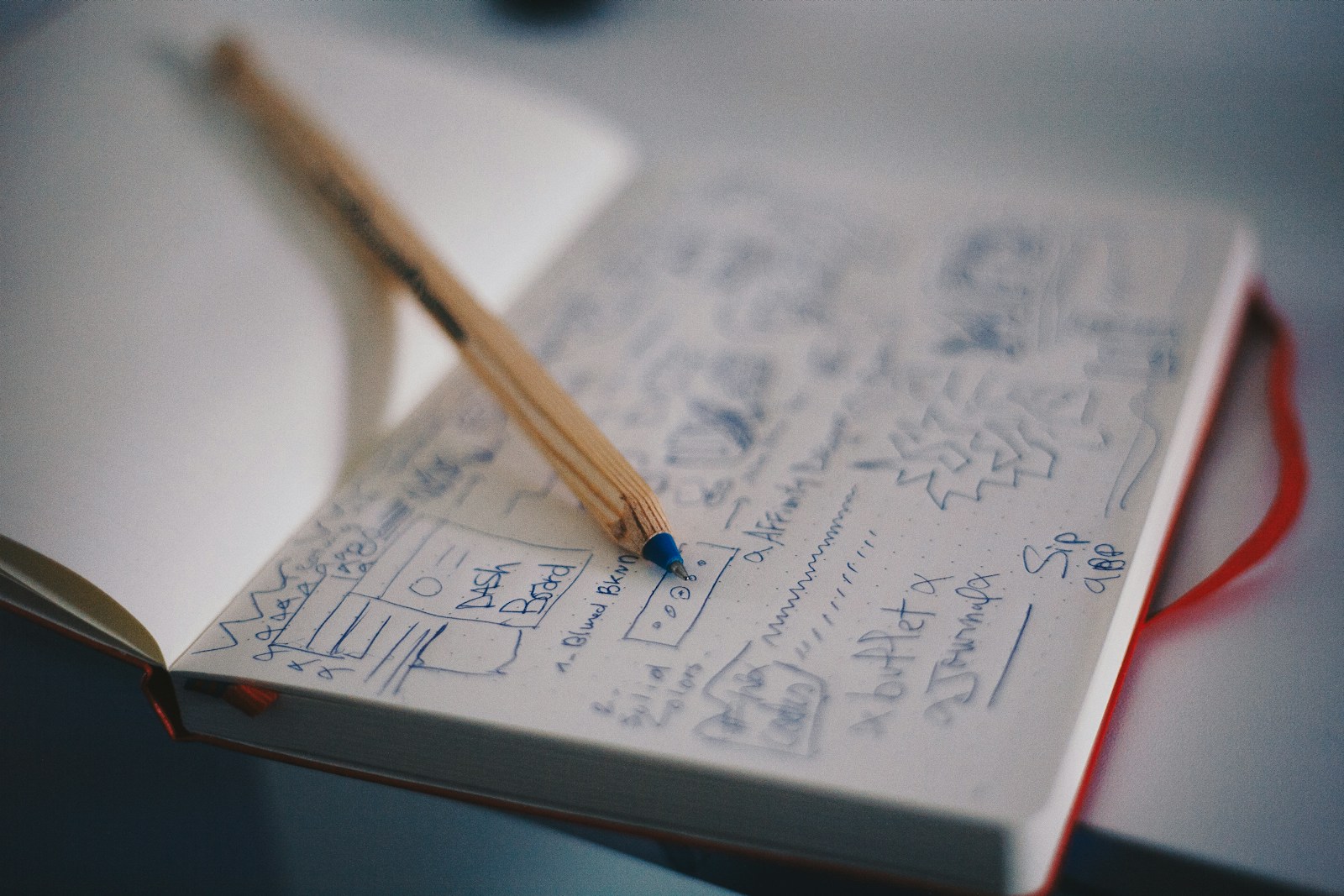Revolutionizing Manufacturing Processes for Optimal Efficiency
Introduction
In an era of rapid industrial evolution, enhancing lean manufacturing with visual workflow tools has become a critical strategy for businesses aiming to streamline their manufacturing processes. This article provides business executives, mid-level managers, and entrepreneurs with insights into integrating visual workflow tools for improved efficiency and productivity in lean manufacturing.
The Significance of Visual Workflow Tools in Lean Manufacturing
In the pursuit of operational excellence, visual workflow tools have emerged as indispensable allies in the lean manufacturing process. Unlike traditional, text-based workflow management systems that can be cumbersome and difficult to interpret, visual workflow tools employ a graphical and intuitive approach, providing a clear and concise representation of production workflows. This visual clarity empowers team members to quickly grasp the intricacies of the process, identify potential bottlenecks, and contribute to continuous improvement initiatives.
At the heart of visual workflow tools lies the ability to seamlessly integrate into existing production environments, providing a real-time representation of the manufacturing process. These tools utilize a variety of visual elements, such as kanban boards, swimlane diagrams, and process maps, to depict the flow of materials, tasks, and information across the production line. This visual representation enables team members to:
Identify and Address Bottlenecks: Visual workflow tools highlight areas of congestion and slowdowns, allowing for prompt identification and resolution of bottlenecks. This proactive approach minimizes disruptions, optimizes resource utilization, and enhances overall throughput.
Streamline Operations and Reduce Waste: By providing a clear picture of the entire production process, visual workflow tools facilitate the identification of non-value-adding activities and unnecessary steps. This elimination of waste streamlines operations, reduces costs, and improves production efficiency.
Enhance Communication and Collaboration: Visual workflow tools foster a collaborative environment by providing a shared understanding of the production process. This shared knowledge promotes effective communication, collaboration, and problem-solving among team members.
Standardize Workflows and Reduce Errors: Visual workflow tools establish standardized processes and clear work instructions, reducing the likelihood of errors and inconsistencies. This standardization ensures that work is performed consistently and efficiently across the production line.
Empower Continuous Improvement: Visual workflow tools provide a platform for continuous improvement by enabling team members to identify opportunities for optimization and suggest process modifications. This culture of continuous improvement drives ongoing gains in efficiency, quality, and productivity.
In essence, visual workflow tools are not merely technological enhancements; they are catalysts for lean manufacturing transformation. By embracing these tools, businesses can harness the power of visual representation to optimize their production processes, eliminate waste, enhance collaboration, and achieve sustainable growth in the dynamic and competitive manufacturing landscape.
Streamlining Operations for Enhanced Productivity
By adopting visual workflow tools, manufacturers can significantly reduce waste, enhance process transparency, and improve operational efficiency.
Effective Change Management in Implementing Visual Workflows
Implementing visual workflow tools in lean manufacturing requires a strategic approach to change management. This involves reassessing current processes, training staff, and fostering a culture of continuous improvement.
Key Strategies for Successful Implementation
To ensure successful implementation, businesses should focus on staff training, gradual integration of tools, and continuous monitoring and adjustment of workflows.
Leadership’s Role in Adopting Visual Workflow Tools
Leadership is crucial in successfully integrating visual workflow tools in lean manufacturing. Executive coaching services play a vital role in preparing leaders to effectively manage this transition.
Empowering Leaders for Effective Transition
Through executive coaching, leaders can develop the necessary skills to guide their teams through the integration of visual workflow tools, ensuring a smooth and effective transition.
Communication in Technological Advancements
Effective communication is key to implementing visual workflow tools. It ensures that the purpose and benefits of these tools are well understood by all stakeholders.
Building a Unified Vision for Enhanced Manufacturing
Clear communication helps in building a shared vision for enhanced manufacturing efficiency, encouraging collaboration and acceptance among team members.
Generative AI in Lean Manufacturing
Generative Artificial Intelligence (AI) can further enhance lean manufacturing by providing advanced analytics, predictive maintenance, and process optimization capabilities.
Leveraging AI for Manufacturing Excellence
The integration of AI with visual workflow tools offers manufacturers the ability to anticipate issues, optimize resource allocation, and improve decision-making processes.
Conclusion Enhancing Lean Manufacturing with Visual Workflow Tools
In conclusion, enhancing lean manufacturing with visual workflow tools represents a significant step towards achieving operational excellence. As the manufacturing sector continues to evolve, businesses equipped with the right tools and leadership can expect to see marked improvements in efficiency, productivity, and competitiveness.
#LeanManufacturing, #VisualWorkflow, #ManufacturingEfficiency, #AIinManufacturing, #IndustrialOptimization


